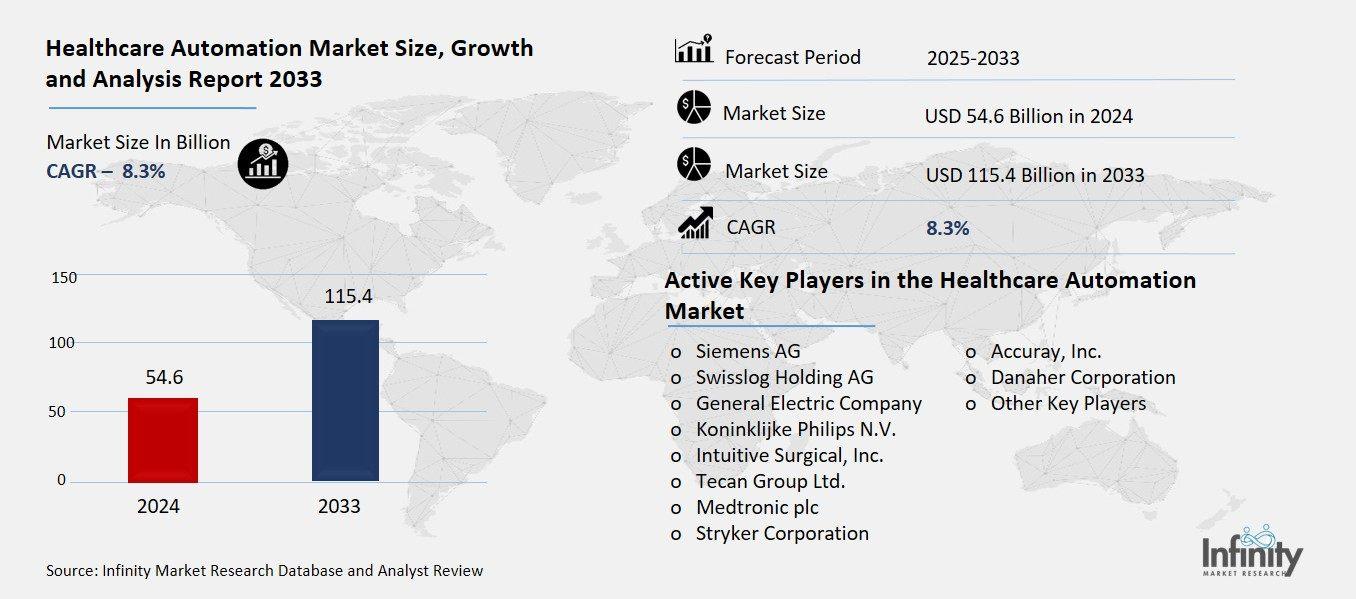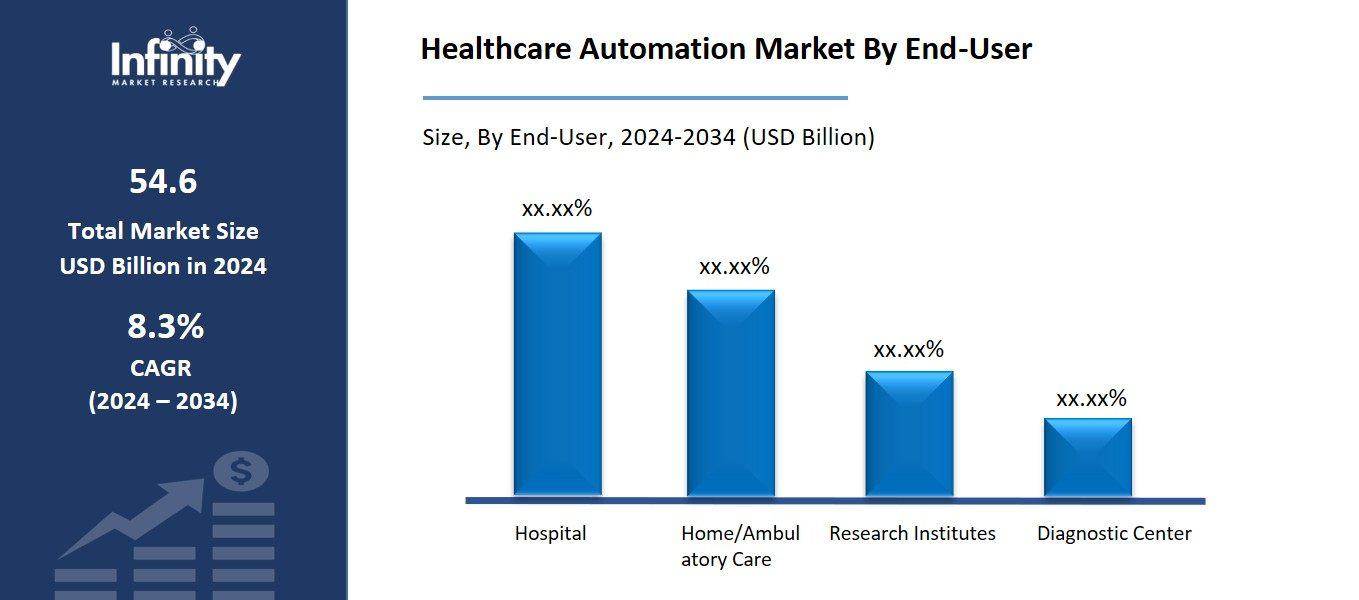
🔐 Secure Payment Guaranteed
Safe checkout with trusted global payment methods.
🌟 Why Choose Infinity Market Research?
At Infinity Market Research, we dont just deliver data — we deliver clarity, confidence, and competitive edge.
In a world driven by insights, we help businesses unlock the infinite potential of informed decisions.
Here why global brands, startups, and decision-makers choose us:
Industry-Centric Expertise
With deep domain knowledge across sectors — from healthcare and technology to manufacturing and consumer goods — our team delivers insights that matter.
Custom Research, Not Cookie-Cutter Reports
Every business is unique, and so are its challenges. Thats why we tailor our research to your specific goals, offering solutions that are actionable, relevant, and reliable.
Data You Can Trust
Our research methodology is rigorous, transparent, and validated at every step. We believe in delivering not just numbers, but numbers that drive real impact.
Client-Centric Approach
Your success is our priority. From first contact to final delivery, our team is responsive, collaborative, and committed to your goals — because you re more than a client; you re a partner.
Recent Reports
Global Myopia Control Lenses Market Report 2025-33
Hyaluronic Acid-based Dermal Fillers Market Report
Healthcare Automation Market
Healthcare Automation Market Global Industry Analysis and Forecast (2024-2033) by Product (Lab & Pharmacy Automation, Therapeutic Automation, Diagnostics & Monitoring Automation, and Medical Logistics & Training Automation), End-User (Automotive & Transportation, Building & Construction, Consumer Goods, Foil & Packaging, Machinery & Equipment Industrial, Power, and Other End-Users) and Region
Jul 2025
Healthcare
Pages: 138
ID: IMR2113
Healthcare Automation Market Synopsis
The global healthcare automation market was valued at USD 50.3 billion in 2023 and is expected to grow from USD 54.6 billion in 2024 to USD 115.4 billion by 2033, reflecting a CAGR of 8.3% over the forecast period.
Healthcare automation means applying technologies like robotics, AI, machine learning and data analytics to healthcare systems so that processes run smoother, information is more accurate and patient outcomes are better. There are many uses in this market, from automated diagnostic systems to robotic surgery, pharmacy automation, laboratory automation and improving workflows in administration. There is increased demand for cost-saving healthcare, more labor scarcity, a desire for faster diagnoses and a move toward digital healthcare technology. Besides, automation helps decrease mistakes, manage operations more efficiently and keep data well-organized in hospitals and clinics. Important participants in this market are companies that develop technology, build medical devices and offer healthcare services. Automation is expected to be very important in helping healthcare systems change as the global population ages.

Healthcare Automation Market Driver Analysis
Growing Need to Reduce Healthcare Costs
Common tasks such as handling data, setting appointments, billing and managing supply stocks, are automated in healthcare to lowe labor expenses and make the most of available resources. With the help of RPA and software, healthcare providers can complete many routine administrative jobs more quickly and with fewer people. Because of this, professional staff can invest more time in caring for patients and doing their responsibilities. Automation also improves how workflows run, because it reduces errors, speeds up tasks and guarantees that each task is done the same way every time. For this reason, hospitals and clinics can use their experts and budget in important ways, thereby raising the general level of healthcare services.
Healthcare Automation Market Restraint Analysis
Complex Integration with Existing Infrastructure
An EHR system, outmoded laboratory devices or homegrown computer programs used in healthcare can make it hard to integrate the latest automation tools. Because these old systems weren’t made to connect with advanced technologies, AI diagnostics, robots or cloud platforms, they often don’t function well with them. Thus, healthcare providers can experience obstacles such as stored-up data, interrupted processes and extremely high costs. Modernizing or switching out decade-old systems in big or public healthcare systems usually requires a big investment of money and time. Because of this mismatch, it takes time for healthcare organizations to use automation and this means they may miss the benefits of advanced technologies.
Healthcare Automation Market Opportunity Analysis
Government Initiatives for Digital Health Transformation
Government support and financial resources are helping healthcare firms quickly adopt new and automated systems. Several governments and regulatory agencies are creating national plans, offering incentives and supporting healthcare infrastructure to support digital transformation. Such efforts cover providing money for smart hospital solutions, allowing research into AI-based medical technology and subsidizing the move to electronic health records. Definitions for standards, shared interoperability of data and rules for cybersecurity also contribute to making automation work better. With fewer problems in getting financial and regulatory permission, providers and technology firms are more inclined to adapt automation technologies which results in kinder and more accessible health care for everyone.
Healthcare Automation Market Trend Analysis
Rise of Robotic Process Automation (RPA) in Administration
Running tasks such as billing, setting up appointments and claims management on computers, makes the healthcare administration work much easier. Many of these tasks are done repeatedly and require a lot of time, but when people handle them, there is a chance for errors that discourage project finish times, compromise accuracy and increase costs. Automating routines with RPA and intelligent software tools makes it possible for healthcare organizations to deal with patient invoices, appointments and insurance forms more efficiently and without mistakes. Employees need less time on administration which also helps patients enjoy a better care experience because they face less waiting and are less likely to have errors on their bills. In addition, using technology helps healthcare organizations maintain accurate information and obey the rules set by regulators.
Healthcare Automation Market Segment Analysis
The Healthcare Automation Market is segmented on the basis of Product, Processing Method, and End-User.
By Product
o Lab & Pharmacy Automation
o Therapeutic Automation
o Diagnostics & Monitoring Automation
o Medical Logistics & Training Automation
By End-User
o Hospital
o Home/Ambulatory Care
o Research Institutes
o Diagnostic Center
By Region
o North America (U.S., Canada, Mexico)
o Eastern Europe (Bulgaria, The Czech Republic, Hungary, Poland, Romania, Rest of Eastern Europe)
o Western Europe (Germany, UK, France, Netherlands, Italy, Russia, Spain, Rest of Western Europe)
o Asia Pacific (China, India, Japan, South Korea, Malaysia, Thailand, Vietnam, The Philippines, Australia, New-Zealand, Rest of APAC)
o Middle East & Africa (Turkey, Bahrain, Kuwait, Saudi Arabia, Qatar, UAE, Israel, South Africa)
o South America (Brazil, Argentina, Rest of SA)
By Product, Therapeutic Automation Segment is Expected to Dominate the Market During the Forecast Period
The products discussed in this research study, the therapeutic automation segment is expected to account for the largest market share of healthcare automation market in the forecast period. The main reason for robotics dominance is the rise of robotic surgery, automated systems for drug delivery and smart rehabilitation devices. They make treatment planning more accurate, improve the results for patients and help to prevent mistakes by staff. Besides, more chronic diseases, an increased need for minimally invasive procedures and consistent therapy delivery are all driving the quick growth of this segment. Because targeted technology plays a key role in improving patient care and medical performance, the market for therapeutic automation is projected to grow the fastest.
By End-User, the Research Institutes Segment is Expected to Held the Largest Share
By end-user, the research institutes segment is expected to hold the largest share of the healthcare automation market during the forecast period. High levels of funding for medical studies, increasing screening and requiring sophisticated automation systems are major contributors to market growth. Research institutes are leading the way in using robots, automated processes and AI to speed up drug discovery, trials and the invention of new medical devices. Since precision medicine is becoming more important, laboratories need better ways to handle big data and challenging biological studies. In addition, research institutions are now crucial in building healthcare automation, adding greatly to the market’s growth.

Healthcare Automation Market Regional Insights
North America is Expected to Dominate the Market Over the Forecast period
North America is expected to dominate the healthcare automation market over the forecast period, driven by several key factors. The region is supported by an advanced medical industry, extensive use of modern technologies and the presence of major companies in automation and healthcare IT. Moreover, the surge in people living with long-term conditions, an aging society and higher healthcare expenditures motivate professionals in the healthcare sector in the U.S. and Canada to use automation technologies which help improve their operations and spend less. The market is also led by the region because of positive government actions, strong insurance policies and extensive research. This combination makes North America the dominant and most rapidly developing market for healthcare automation in the world.
Recent Development
In March 2024, Capsa Healthcare introduced a new system called NexPak, designed to automate the packaging of patient prescriptions. This advanced packaging solution enhances both the accuracy and efficiency of medication administration for patients.
Active Key Players in the Healthcare Automation Market
o General Electric Company
o Koninklijke Philips N.V.
o Intuitive Surgical, Inc.
o Tecan Group Ltd.
o Medtronic plc
o Stryker Corporation
o Accuray, Inc.
o Danaher Corporation
o Other Key Players
Global Healthcare Automation Market Scope
|
Global Healthcare Automation Market | |||
|
Base Year: |
2024 |
Forecast Period: |
2024-2033 |
|
Historical Data: |
2017 to 2023 |
Market Size in 2023: |
USD 50.3 Billion |
|
Market Size in 2024: |
USD 54.6 Billion | ||
|
Forecast Period 2024-33 CAGR: |
8.3% |
Market Size in 2033: |
USD 115.4 Billion |
|
Segments Covered: |
By Product |
· Lab & Pharmacy Automation · Therapeutic Automation · Diagnostics & Monitoring Automation · Medical Logistics & Training Automation | |
|
By End-User |
· Hospital · Home/Ambulatory Care · Research Institutes · Diagnostic Center | ||
|
By Region |
· North America (U.S., Canada, Mexico) · Eastern Europe (Bulgaria, The Czech Republic, Hungary, Poland, Romania, Rest of Eastern Europe) · Western Europe (Germany, UK, France, Netherlands, Italy, Russia, Spain, Rest of Western Europe) · Asia Pacific (China, India, Japan, South Korea, Malaysia, Thailand, Vietnam, The Philippines, Australia, New-Zealand, Rest of APAC) · Middle East & Africa (Turkey, Bahrain, Kuwait, Saudi Arabia, Qatar, UAE, Israel, South Africa) · South America (Brazil, Argentina, Rest of SA) | ||
|
Key Market Drivers: |
· Growing Need to Reduce Healthcare Costs | ||
|
Key Market Restraints: |
· Complex Integration with Existing Infrastructure | ||
|
Key Opportunities: |
· Government Initiatives for Digital Health Transformation | ||
|
Companies Covered in the report: |
· Siemens AG, Swisslog Holding AG, General Electric Company, Koninklijke Philips N.V. and Other Key Players. | ||
📘 Frequently Asked Questions
1. What would be the forecast period in the Healthcare Automation Market Research report?
Answer: The forecast period in the Healthcare Automation Market Research report is 2024-2033.
2. Who are the key players in the Healthcare Automation Market?
Answer: Siemens AG, Swisslog Holding AG, General Electric Company, Koninklijke Philips N.V. and Other Key Players.
3. What are the segments of the Healthcare Automation Market?
Answer: The Healthcare Automation Market is segmented into Product, End-User, and Regions. By Product, the market is categorized into Lab & Pharmacy Automation, Therapeutic Automation, Diagnostics & Monitoring Automation, and Medical Logistics & Training Automation. By End-User, the market is categorized into Hospital, Home/Ambulatory Care, Research Institutes, and Diagnostic Center. By region, it is analyzed across North America (U.S.; Canada; Mexico), Eastern Europe (Bulgaria; The Czech Republic; Hungary; Poland; Romania; Rest of Eastern Europe), Western Europe (Germany; UK; France; Netherlands; Italy; Russia; Spain; Rest of Western Europe), Asia-Pacific (China; India; Japan; Southeast Asia, etc.), South America (Brazil; Argentina, etc.), Middle East & Africa (Saudi Arabia; South Africa, etc.).
4. What is the Healthcare Automation Market?
Answer: The purpose of the healthcare automation market is to automate medical and office tasks in the healthcare industry. Using robotics, artificial intelligence (AI), machine learning and software solutions, healthcare aims to work more efficiently, minimize mistakes and improve patient care. Applications in this market involve automatic diagnostic equipment, robotic operations, automated drug distribution, keeping patient records electronically and processing hospital and laboratory workflows. The main reasons for adopting healthcare automation are to cut costs, improve patient results, limit people’s involvement in daily duties and meet staffing shortages. Because healthcare providers need to care for more patients while preserving quality care, they are embracing automation to speed up their digital evolution.
5. How big is the Healthcare Automation Market?
Answer: The Global Healthcare Automation Market was valued at USD 50.3 billion in 2023 and is expected to grow from USD 54.6 billion in 2024 to USD 115.4 billion by 2033, reflecting a CAGR of 8.3% over the forecast period.


🔐 Secure Payment Guaranteed
Safe checkout with trusted global payment methods.
🌟 Why Choose Infinity Market Research?
- Accurate & Verified Data:Our insights are trusted by global brands and Fortune 500 companies.
- Complete Transparency:No hidden fees, locked content, or misleading claims — ever.
- 24/7 Analyst Support:Our expert team is always available to help you make smarter decisions.
- Instant Savings:Enjoy a flat $1000 OFF on every report.
- Fast & Reliable Delivery:Get your report delivered within 5 working days, guaranteed.
- Tailored Insights:Customized research that fits your industry and specific goals.




